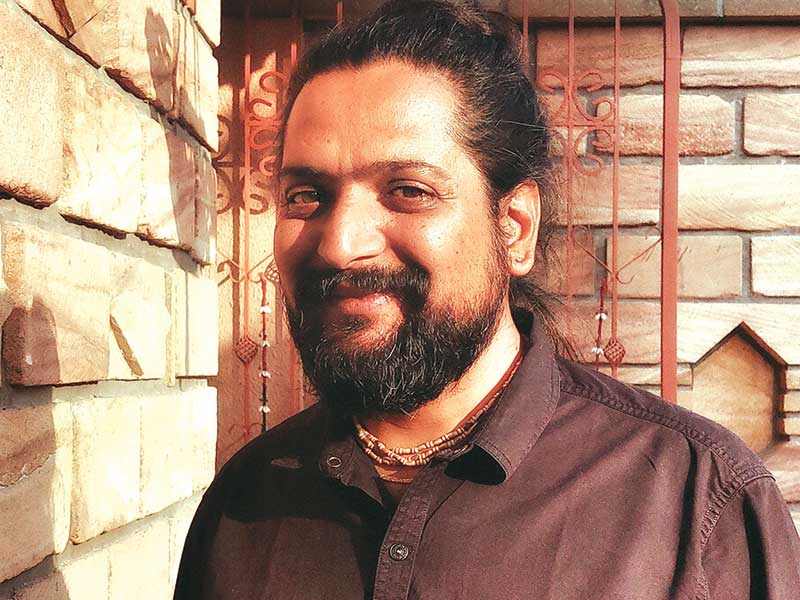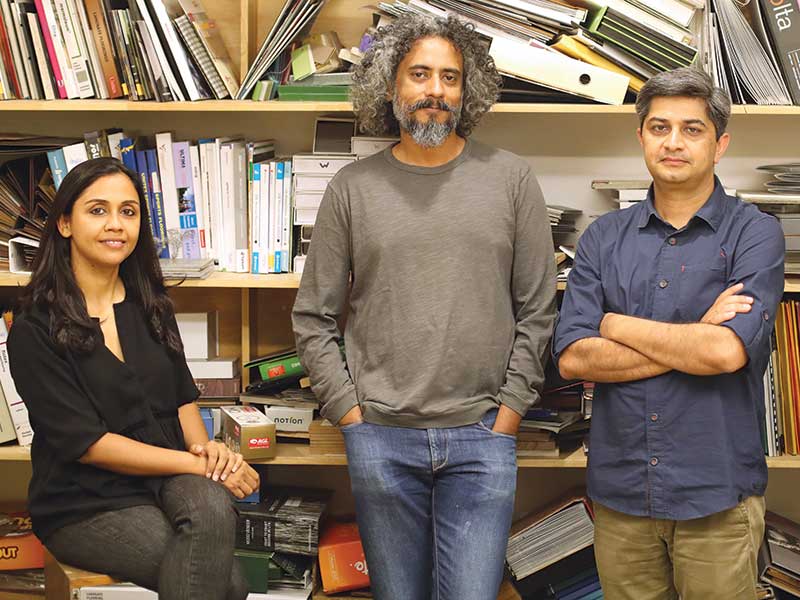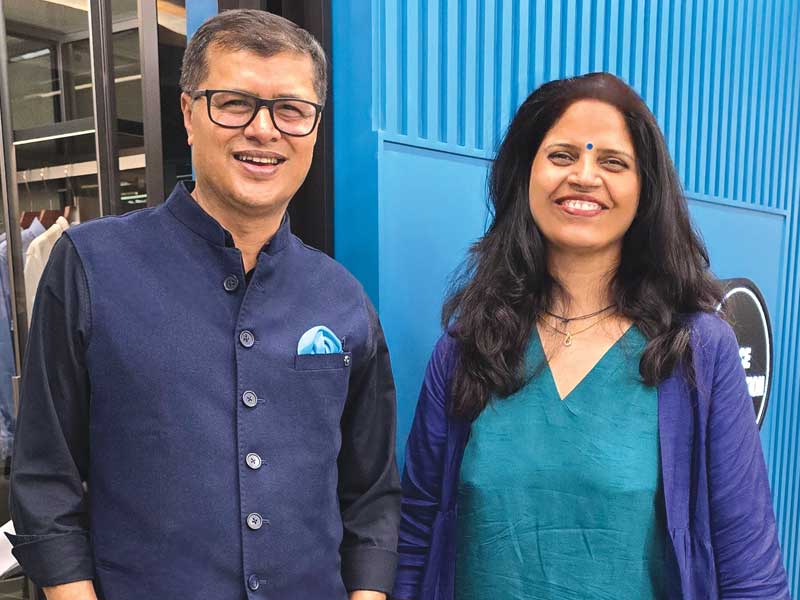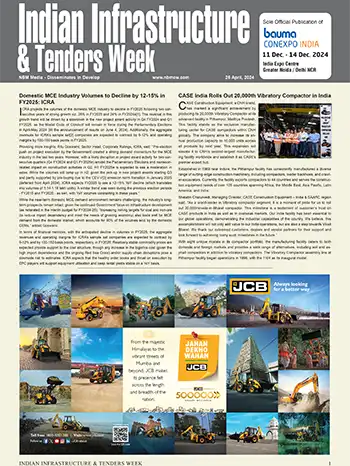
Today, there is a growing emphasis on selecting materials that not only meet aesthetic requirements but also prioritise durability, efficiency, and environmental impact. The integration of advanced materials such as engineered wood products, recycled aggregates, and eco-friendly composites enables architects to create structures that are not only visually stunning, but also resilient and environmentally sustainable.
The advent of technology has revolutionised every facet of the construction process, from conceptualization to implementation. BIM has emerged as a transformative tool, facilitating seamless collaboration among architects, engineers, and contractors. Through BIM, stakeholders can visualise designs in a virtual environment, detect clashes, and optimise construction sequencing, thereby improving both speed and quality. By harnessing the power of such technology, we can accelerate project timelines while maintaining high standards of craftsmanship and precision.

Through structural analysis and modelling, engineers can optimise material usage, minimise waste, and design structures that withstand environmental forces and meet stringent safety standards. Moreover, innovations in modular construction, prefabrication, and sustainable engineering techniques have enabled architects to realise ambitious designs with greater efficiency and cost-effectiveness. By integrating engineering expertise into architectural practice, we can elevate the quality and resilience of built environments while reducing construction timelines. By integrating high-performance materials, advanced technologies, and engineering expertise into architectural designs, we can create structures that exceed traditional standards of durability, efficiency, and safety.
In today’s fast-paced world, speed is of the essence in construction projects. The seamless integration of technology, engineering, and architecture enables accelerated project timelines without compromising quality. Prefabrication, modular construction, and digital fabrication techniques allow for simultaneous off-site fabrication and on-site assembly, reducing construction schedules significantly. Additionally, digital design tools, automated workflows, and project management software streamline processes, eliminating bottlenecks and expediting project delivery.
Perhaps most importantly, the interface between building materials, technology, engineering, and architecture is driving sustainability in construction. By prioritising the use of renewable resources, minimising waste, and optimising energy efficiency, we can create buildings that have a minimal environmental footprint. Furthermore, smart technologies enable buildings to operate more efficiently, utilising data-driven insights to optimise energy consumption, indoor air quality, and occupant comfort.
In conclusion, as stewards of the built environment, architects bear a profound responsibility to ensure that progress is guided by principles of sustainability, inclusivity, and social responsibility.















